They might not be filled with priceless art collections and wine cellars.
But make no mistake. The centuries-old mansions of Sanfang Qixiang, in the southeastern port city of Fuzhou, are the imperial China equivalent of Beverly Hills.
Formed in the Tang Dynasty (618-907) before flourishing in the Ming and Qing Dynasties (1368-1911), Sanfang Qixiang – which translates to “three lanes and seven alleys” in English – was once the most affluent neighborhood in the city and home to more than 400 rich, famous and powerful residents.
Today, it’s Fuzhou’s most popular tourist destination.
Half of China’s modern history, all in one neighborhood

A famous saying, “One Sanfang Qixiang equals half of China’s modern history,” sums up the importance of this 40-hectare complex.
From the politician who sparked the First Opium War to some of China’s most renowned industrialists, ideologists and literati, these former residents impacted China’s modern history in many significant ways.
Restored in the late 2000s, the maze-like neighborhood is now the largest intact old town district in China, boasting more than 200 examples of architecture from the Ming and Qing Dynasties.
Before restoration, many of the houses were subdivided into squatter homes, altering their original structures.
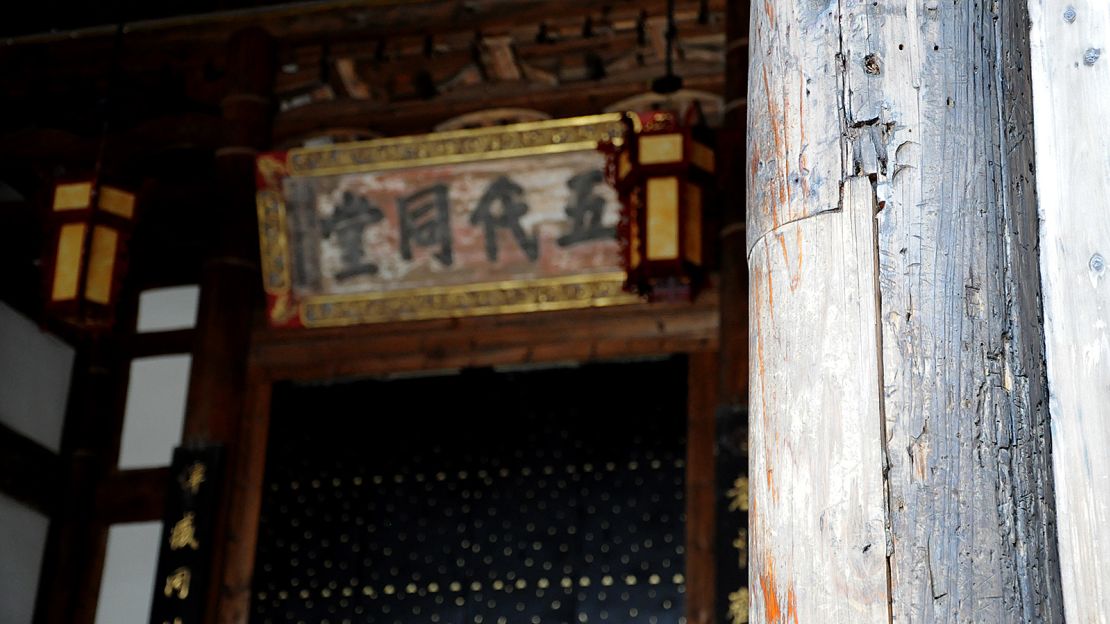
“We’d like to restore it back to its original look using traditional methods but some materials like the broken tiles were no longer in production anymore,” says one Sanfang Qixiang tour guide.
“So, we built a factory just for producing the long-lost construction materials.
“We’ve also hired top artisans who worked on the Cave Temples of Dunhuang restoration project to restore the artwork on the walls and ceilings in these mansions.”
Many of the historic buildings are now open to visitors, some filled with mini-museums and chic tea houses. There’s even a Buddhist hotel.
Here are a few highlights that offer a glimpse into Sanfang Qixiang’s past glamorous life.
Lifestyles of imperial China’s rich and famous
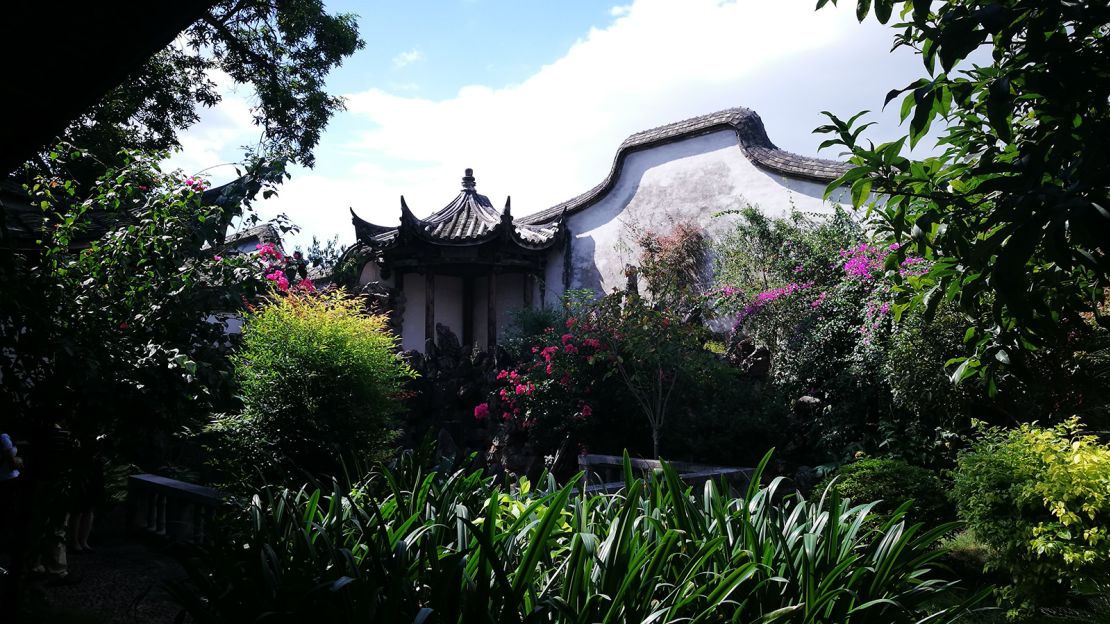
From colorful reliefs on the roof to perfectly symmetrical interior designs and intricate wooden window grills, Sanfang Qixiang may offer China’s best “Open House” experience.
Dozens of mansions are open to visitors. Short on time? Among the most impressive is Xiao Huang Lou (36 Huang Alley).
Combining the former homes of Chen Shouqi, a governor, and Liang Zhangju, a famous scholar and book collector, this house is adored for its stunning old Chinese garden.
And then there’s Ermei Library (25 Langguan Alley), currently the Fujian Folk and Culture Museum. It offers a peek at how these homes were set up in the past.
Also not to be missed is Shui Sie Xi Tai, or the Water Pavilion Theatre (4 Yijin Lane). Built in the garden of a mansion during the Qing Dynasty, this suspended opera stage was used to provide entertainment for guests during the Qing Dynasty.
Man-made snow cave tunnels on the side of the garden feature stairs that lead to the audience area upstairs – in the past this area was reserved for female guests.
Finally, the Liu Family Residence (34 Guanglu Lane) is the biggest house in the area.
Once the richest family in Fuzhou, the Liu mansion spans half of Guanglu Lane. It has some of Sanfang Qixiang’s most exquisite joinery designs and wooden window grills.
Main street: Fuzhou snacks, vintage cinema

Nan Hou Jie, the main street, connects all of Sanfang Qixiang’s lanes and alleys.
For centuries, this road was the main marketplace in the city. Today, it remains the most commercialized section of the old town.
But it’s still the best starting point to begin your tour.
The most famous Fuzhou snack shops sit on Nan Hou Jie, including the 141-year-old Tongli Rouyan (rouyan are dumplings with pork fillings and wrappers) and Yonghe Yuwan (yuwan are pork-filled fish balls).
Some of the larger old buildings have been turned into gallery spaces, exhibiting the area’s traditional arts and culture.
There’s also a vintage cinema screening up-to-date blockbusters.
A hidden Buddhist Zen garden/hotel
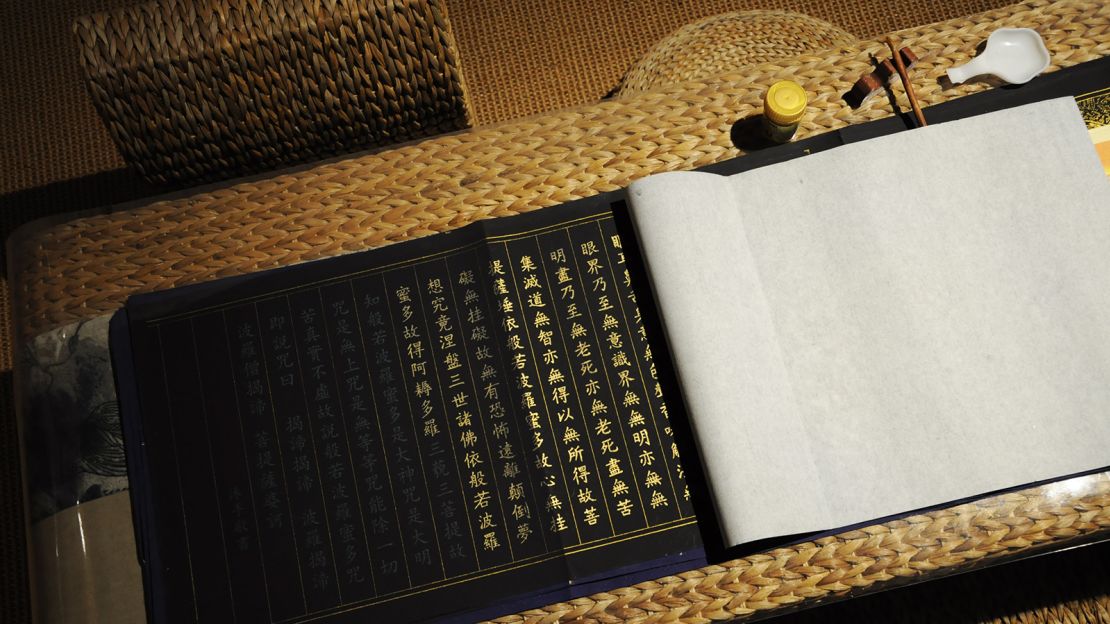
You could walk past the entrance of Mu Xin Court (174B, Nan Hou Jie), an urban Buddhist Zen garden, multiple times without noticing it. Functioning mostly as a private club, Mu Xin Court opens to the public every Wednesday and Saturday, receiving no more than 100 visitors a day.
This Buddhist garden is also a one-bedroom retreat (at $1,490 per night, it may also be the most expensive suite in town).
The bedroom sits on the second floor of a calligraphy room. The complex also features a meditation space and a sand garden.
Secret spots
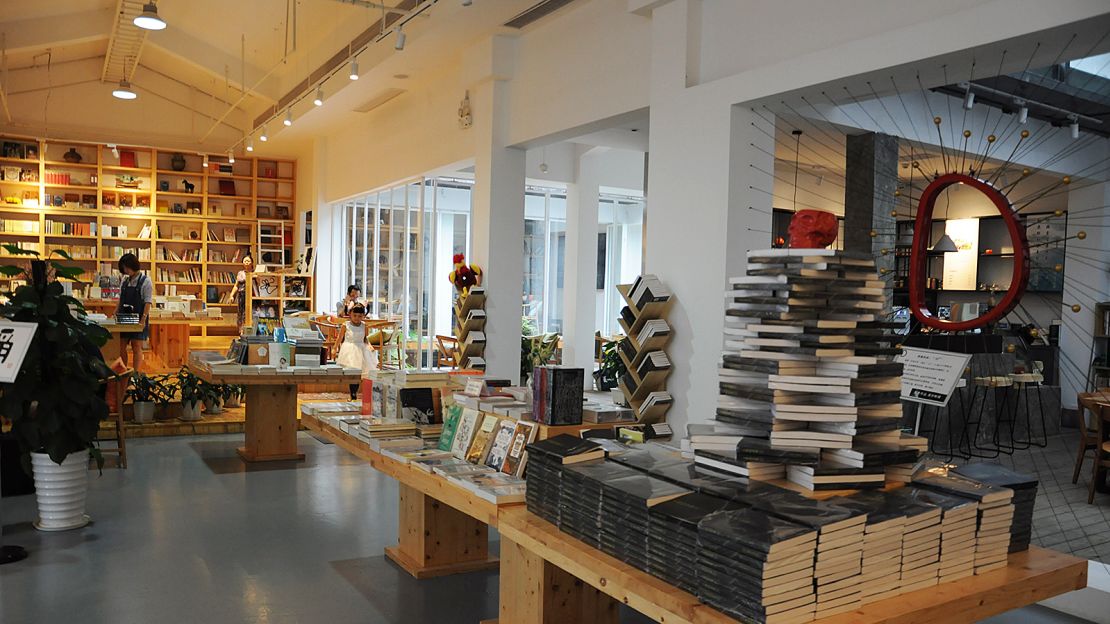
Timeless World (K5 Wenru Lane) is a beautiful independent bookstore specializing in philosophy and arts that also hosts talks and forums.
Then there’s We Maker (H2 Huang Alley), a hip market space showcasing crafts and designs by young Taiwanese and Fuzhounese designers.
A small courtyard at the back of the store serves as a live music venue.
After dark? There are some restaurants and bars along the canal but Wanghu Lounge Bar (T1 Ta Alley) is the ideal place for a night out.
Fuzhou’s endangered handicrafts
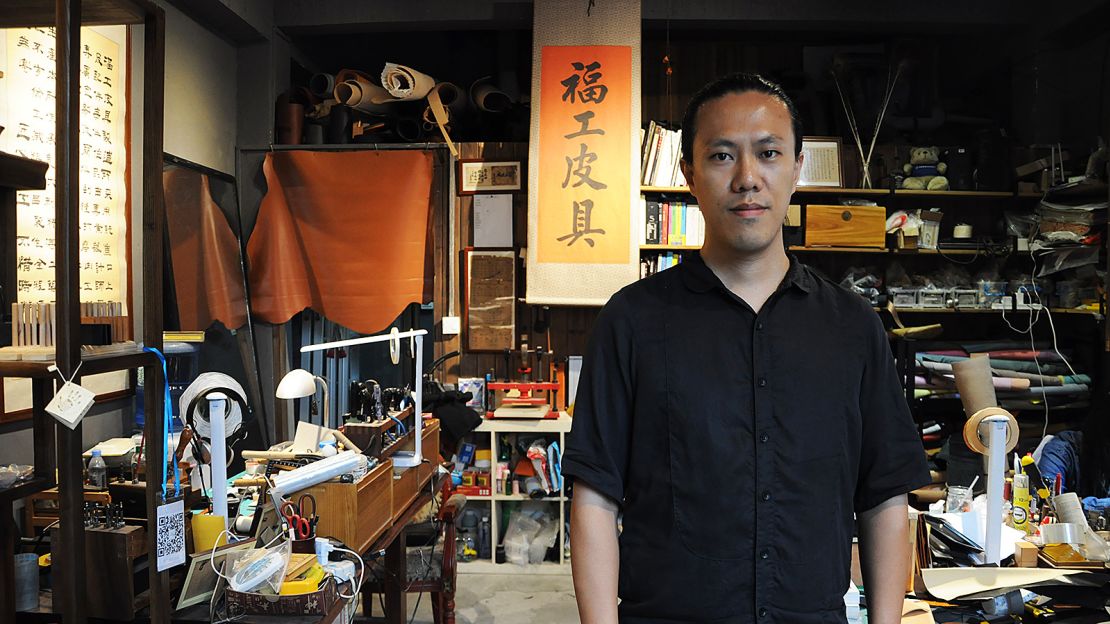
Sanfang Qixiang is home to some of the most endangered intangible heritages in China.
He Wei of the Fu Gong Leather Workshop (40 Guanglu Lane / 56 Anmin Alley) is one of the few craftspeople still making traditional Fuzhou lacquered leather suitcases. There are no ready-made products for sale but Fu Gong welcomes orders from clients in search of tailor-made pieces.
If you’re very lucky, you might run into a “cha bai xi” tea artist. Combining latte art and Japanese tea ceremony, they sometimes perform at Ji Yan Tea House (A9 Anmin Alley).
Visitors can also get souvenirs inspired by Fuzhou handicrafts such as home decor made with traditional lacquer coating at Lacquer (94 Nan Hou Jie) or mini landscapes carved from the bark of cork trees at the Sanfang Qixiang Cultural and Creative Center (61 Nan Hou Jie).





















